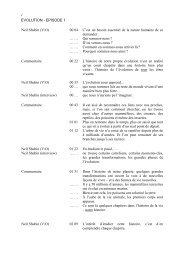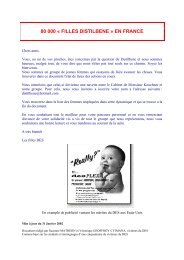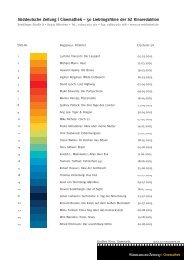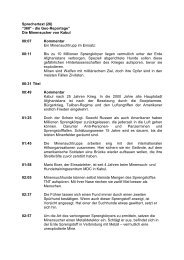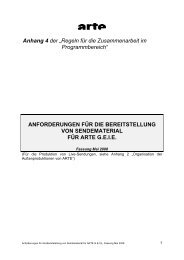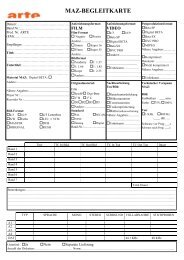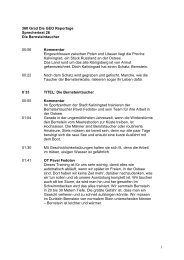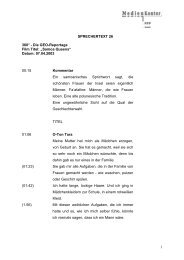POPs IN AFRICA HAZARDOUS WASTE TRADE 1980 - 2000 ... - Arte
POPs IN AFRICA HAZARDOUS WASTE TRADE 1980 - 2000 ... - Arte
POPs IN AFRICA HAZARDOUS WASTE TRADE 1980 - 2000 ... - Arte
You also want an ePaper? Increase the reach of your titles
YUMPU automatically turns print PDFs into web optimized ePapers that Google loves.
Development Fund (UNCDF). 229<br />
(ZAIRE, see: CONGO, Democratic Republic of)<br />
ZAMBIA<br />
“Early this year (<strong>2000</strong>), Novartis (now Syngenta) returned some<br />
40 tonnes of a cotton herbicide to Switzerland from Uganda for<br />
incineration. The product had been purchased by the Ugandan<br />
Government in the mid eighties but its use had been minimal due<br />
to political unrest and changes in the local cotton support policy.<br />
Incineration was completed in the waste incinerator of Valorec<br />
AG in Basel and the full project cost was paid by Novartis.” 230<br />
BASEL LOMÉ IV / COTONOU BAMAKO<br />
15.11.94 Ratified Party Signatory<br />
National Policy: The country of Zambia, as a party to the Lomé Convention,<br />
totally bans waste shipments to its territory.<br />
According to the Ambassador of Zambia to the U.S., Nalumino<br />
Mundia, there has been no dumping of foreign wastes in Zambia.<br />
“Nonetheless, some international companies had contacted this<br />
embassy to find out whether they could dump their waste into<br />
Zambian land at a nominal fee. This, of course, was entirely<br />
rejected.” 231<br />
Obsolete Pesticides: In Zambia there were altogether 360 tonnes of obsolete pesticides<br />
stored in 7 different locations which were removed and disposed<br />
of.<br />
The following substance was identified, among others: DDT. 232<br />
In 1994 the GTZ in Zambia asked the GTZ-Pesticide Disposal<br />
project for support to carry out an analytical survey and risk<br />
assessment. A large dump of a cocktail of pesticides,<br />
approximately 150 tonnes, was discovered in an industrial area of<br />
Lusaka. The soil around the dump was heavily contaminated. A<br />
few hundreds meters away is one of the deep wells of the water<br />
system of the city. There was an acute risk of contaminating the<br />
water resources of Lusaka. After the survey the government<br />
closed the well.<br />
FAO and GTZ started a joint disposal operation:<br />
229 FAO 1999<br />
230 GCPF <strong>2000</strong><br />
231Letter to Greenpeace from Ambassador of Zambia to the U.S., Nalumino Mundia, August 10, 1988.<br />
232 FAO 1999, 2001<br />
“In March/June 1997, the above mentioned total of 360 tonnes<br />
115



